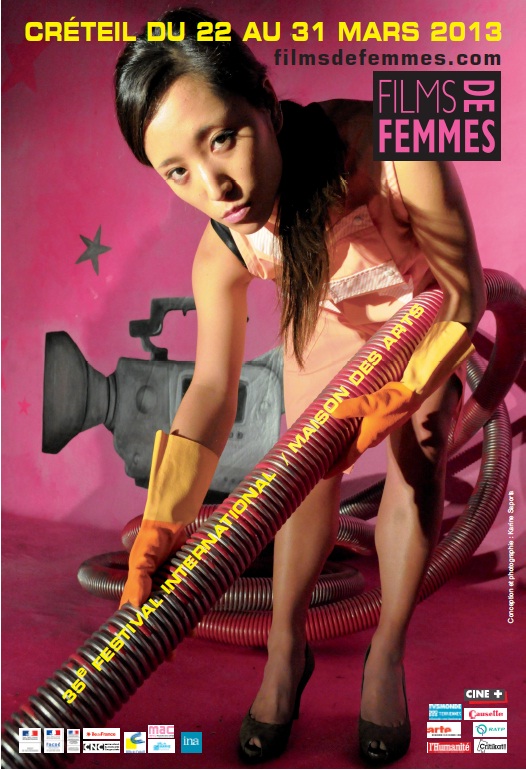Search This Blog
Official website of Annakarinaland , broadcast on KXSF.fm San Francisco Community Radio Focus on Women and Film. Published reviews and scholarly writing of film critic Moira Jean Sullivan
Posts
Jamie Babbit receives 'Frameline 37 Award'
- Get link
- X
- Other Apps
Aisha Tyler's outrageous stand up intoxicates 'Cobb's Comedy Club'
- Get link
- X
- Other Apps
66th Cannes Film Festival – Palme d’Or Winner La Vie d’Adèle
- Get link
- X
- Other Apps
Udine Far East Film Festival honors Kim Dong-ho
- Get link
- X
- Other Apps
Far East Film Festival - Raining in the Mountain
- Get link
- X
- Other Apps
Créteil Films de Femmes Celebrates 35 years
- Get link
- X
- Other Apps
Annette Funicello was the darling of the original Mouseketeers
- Get link
- X
- Other Apps





